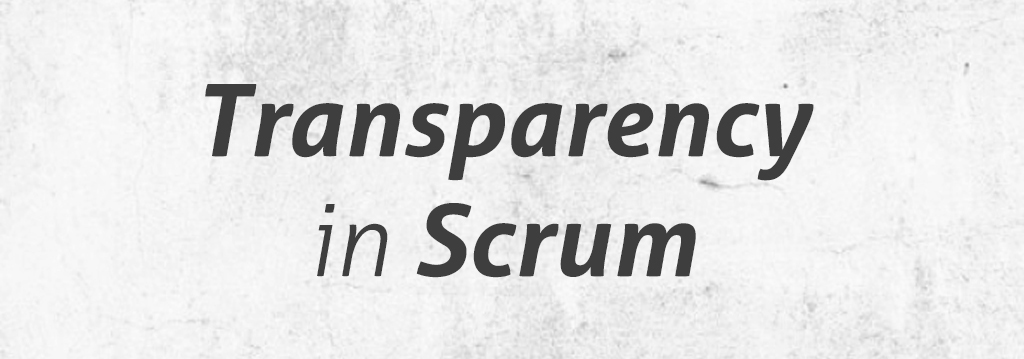
Category : EmpiricismScrum
By Vineet Patni | 2 June 2017
Every project has specific loops, hidden facts, or confidential data, which often remains hidden or secret. If there is no such confidentiality of data or information, especially directly related to the work performed, then we can say it is an entirely transparent project. But why is transparency essential in Scrum?
What is Transparency?
Transparency is sharing a common understanding of facts or information. It is a situation when every concerned or interested party is on the same page about work progress and ways of working. Openness in terms of behavior and practices ultimately results in transparency.
Transparency is the sharing of vulnerability with the client without hiding anything. Or it is the complete truth about the project. If someone is willing to offer their services to their clients, they need to be completely transparent about the project’s completion. The facts need to be discussed before, during, and after the completion of the project. It helps the client to trust the. Plus, it represents the trait of being respectful toward each other.
Why do you need Transparency in Scrum?
Agile is a mindset, and Scrum is an Agile framework aligned with Agile Values and principles. Scrum helps solve complex problems and relies heavily on human relationships and interactions. We can appreciate the importance of transparency in Scrum by the outcomes of not incorporating it with honesty. When we hide, we invite unwanted problems, resulting in a higher level of complexity. It creates a very odd situation of self-doubting, plus we may lose the client forever. On the contrary, we can utilize several benefits if we are 100% transparent with our project stakeholders.
Benefits of Transparency in Agile:
- Client for life: Think like a customer, whom would you prefer: a service provider who has been sharing incomplete status and, at the end day, is caught in a situation that is a total mess? Or a professional who has honestly told you about the possibility of the project. So, try to earn trust before you make your fees by being transparent.
- Self-reliant team: The project team will have a sense of openness to share precisely the status and how they handle the project. It helps achieve a good understanding of the project and reflects positive results.
- Confident members: Every team member will feel satisfied with the project and their efforts. The level of confidence in each other improves with scrum values and practices.
- Higher delivery by a group: With complete transparency, one can quickly share issues, and collective efforts can solve those issues. It enhances the speed of completing tasks.
An honest answer is better than a sweet lie which can land you in a complex situation. Transparency is the key to success.
About The Author:
Vineet Patni is the Founder and Principal Agile Coach at ScaleUp. An avid learner and a passionate facilitator, Vineet has been assisting enterprises and individuals in becoming truly Agile. Please feel free to connect with him at Vineet@ScaleUpConsultants.com .
Disclaimer: The opinions expressed in this post are the author’s own. The author welcomes and respects any difference of opinion.


Leave a Reply